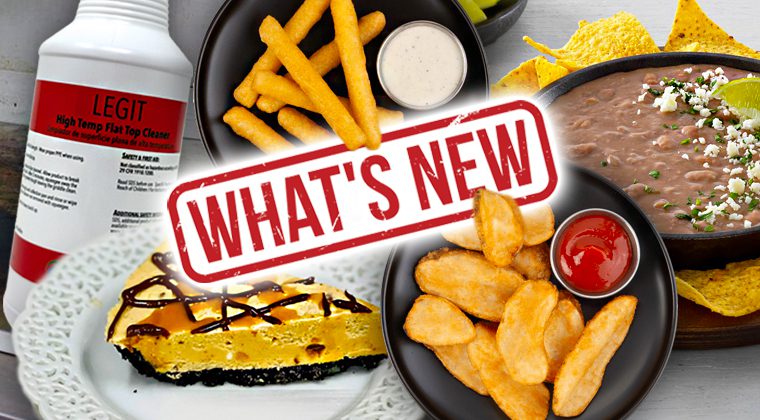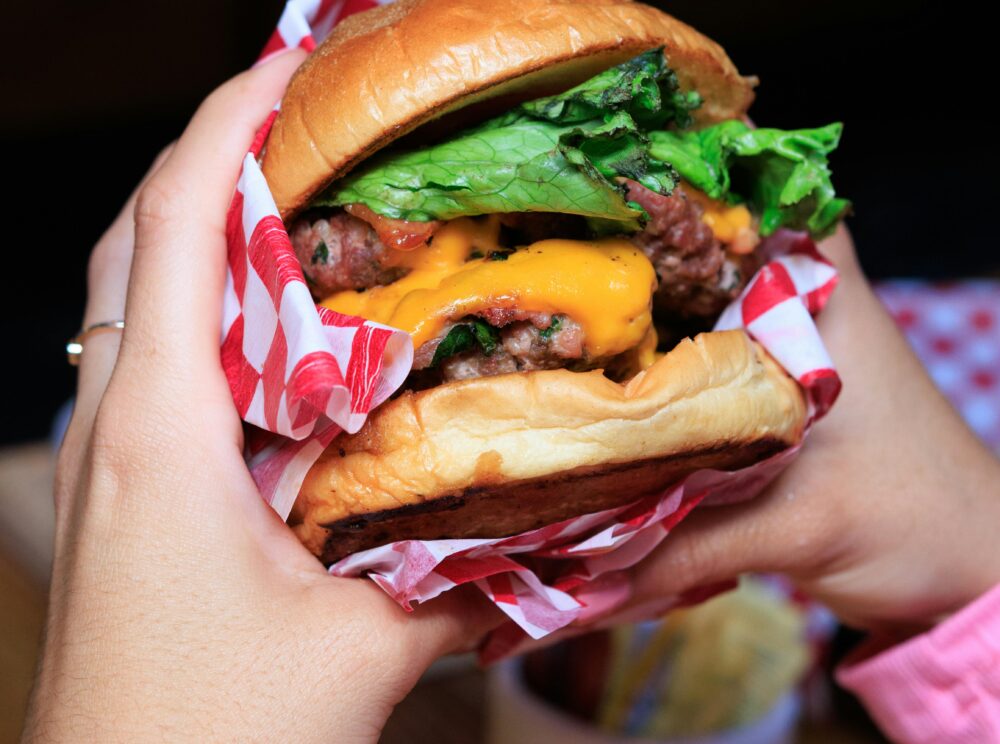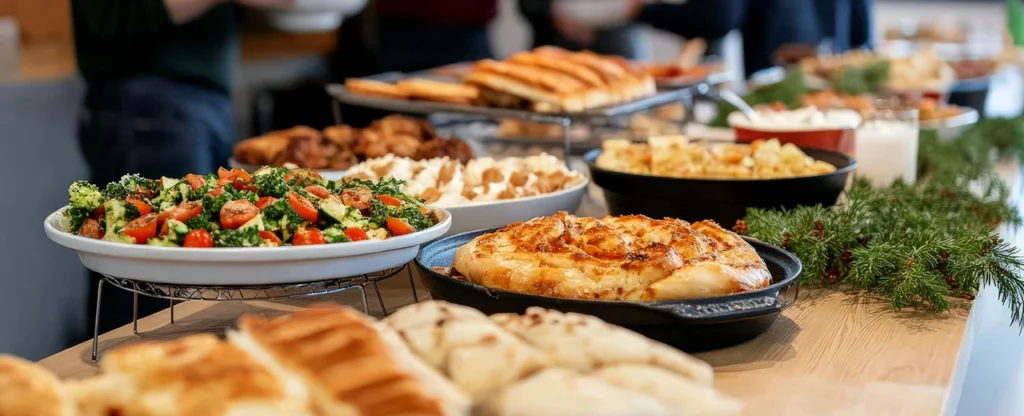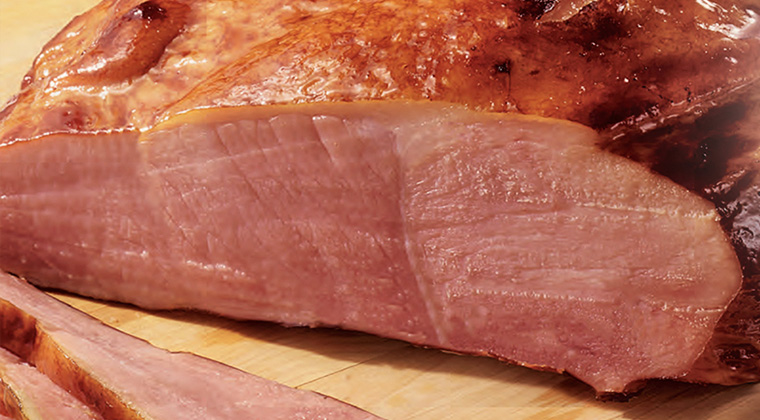
The Psychology of Seasonal Cravings
Why do your customers want what they want when they want it?
Seasonal menu changes aren’t just about what’s fresh—they’re about what guests crave on an emotional level.
Understanding why those cravings shift can help you build a fall menu that connects with customers and drives sales…
Why Fall Flavors Resonate
Flavors like pumpkin, cinnamon, and roasted vegetables are tied to memory and ritual. These ingredients often appear in family gatherings and holiday traditions, so they carry strong associations with comfort and security. When guests encounter these flavors, they’re not just tasting food—they’re reconnecting with positive experiences.
The Role of Seasonal Transitions
Fall brings shorter days, cooler weather, and changes in routine. These shifts can create a subtle sense of instability, and people often compensate by seeking foods that feel familiar. Warm, hearty dishes and spiced beverages can provide that sense of comfort. This is why soups, baked goods, and slow-cooked meals that evoke “homestyle” see a spike in popularity during this time of year.
Fall Flavors Point to History Too
The flavors we associate with autumn comfort foods have practical origins. Historically, fall was harvest season for pumpkins, apples, and root vegetables—ingredients that stored well and provided essential calories for winter. Cooking methods like roasting, baking, and slow simmering developed as ways to preserve and maximize these foods’ shelf life. Spices such as cinnamon, nutmeg, and cloves, once expensive imports, were prized for their ability to enhance flavor and aid preservation. Over time, these practical choices became traditions, turning necessity into the nostalgic flavors we crave today.
Cravings Aren’t Random
Seasonal cravings are rooted in memory, emotion, and history. When you design your menu to embrace these patterns, you’re doing more than adding pumpkin or spice; you’re creating an experience that feels relevant and reassuring to your guests. By leaning into flavors that evoke comfort and tradition, and presenting them in ways that feel fresh and timely, you turn seasonal trends into meaningful connections—and those connections can keep customers coming back long after the leaves have fallen.
By Luke LaBree 🔎
CMO, Dennis Food Service









